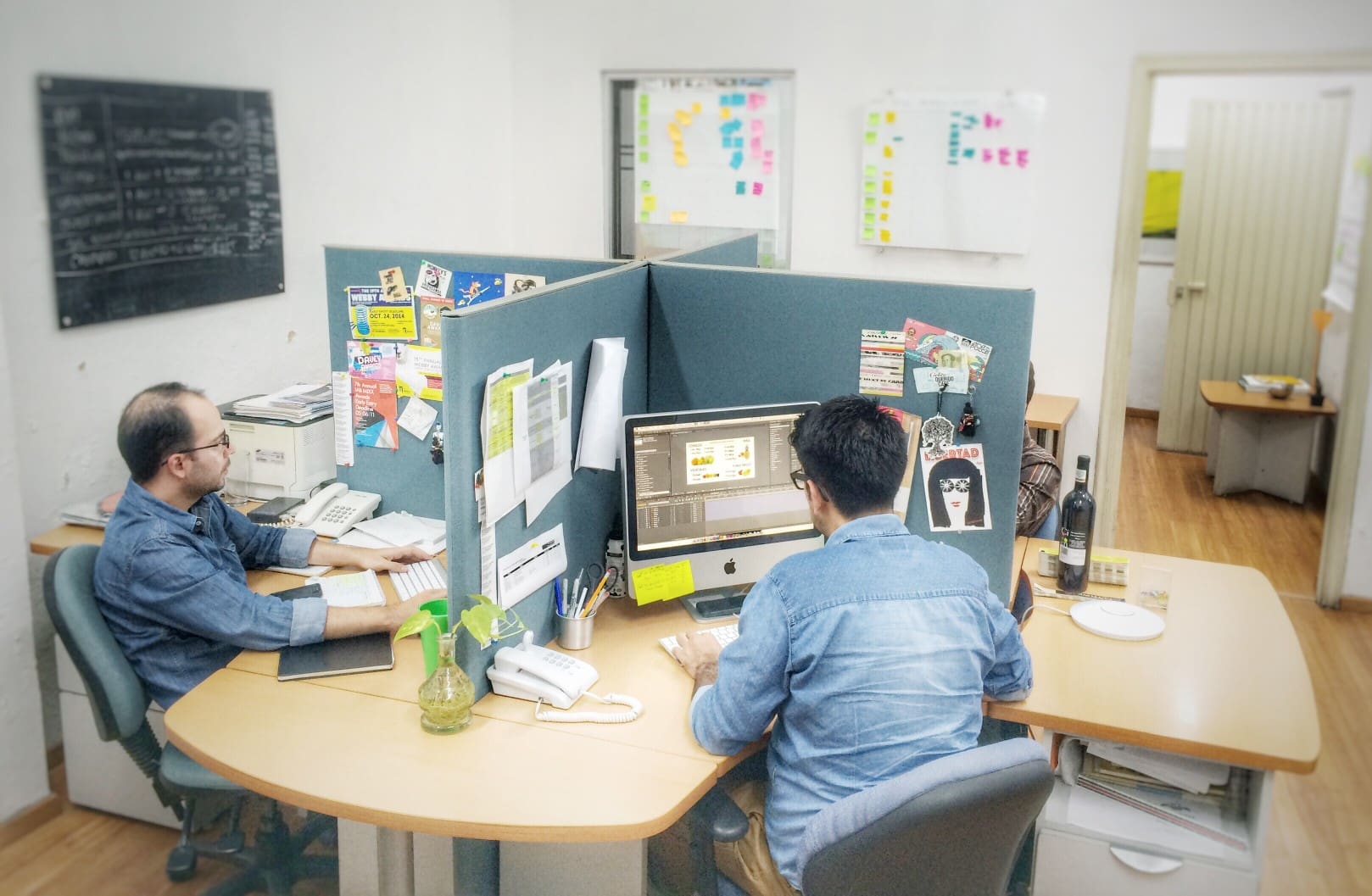
Compare Providers
Download our outplacement comparison sheet
Request Pricing
Compare our rates to other providers
Having an agile organization is all the rage right now in HR and general business circles. This startup mentality can be quite confusing though, especially if you are working in an industry that’s well-established and doesn’t have a startup culture built into its bones.
Since this trend is on the rise – and has been for quite some time – we’ve decided to make a brief guide to help HR deal with this increase in agility so that the department, and most importantly the staff members, doesn’t get left behind in the shuffle.
Let’s get into the basics before moving into more actionable items.
What Is Organizational Agility?
Organizational agility is a buzzword that can be summed up as the ability to make rapid changes in response to an ever-changing market. This could mean the ability to have staff members perform new duties instantly, start projects quickly, or even adopt new technologies before a competitor.
In other words, organizational agility is merely the ability to adapt quickly to whatever is happening in the outside business world.
For example, let’s take a look at one of the biggest shifts that’s happened recently: the tight labor market.
In 2019, the US unemployment rate is extremely low. This has empowered employees to quit their current jobs for greener pastures because other businesses may be struggling to fill gaps in their talent pool. This is incredibly challenging for businesses because they now have to pay close attention to their retention strategy while also trying to hire from a very tight labor market.
We’ve gone over the current labor market woes in other articles in the past so we won’t dwell on it too much here. The takeaway is that for businesses to succeed they have had to change how they go about fostering a great workplace culture, creating development plans, and improving their overall talent value proposition (the reason why an employee would work for one company over another).
Companies who spotted this problem early and were able to make changes that addressed the issue are doing far better than those that have refused to change or that have taken longer to get things done. In other words, agile organizations are thriving in today’s world more than ever.
The idea of organizational agility has been around forever. However, startup culture and the ability to ‘fail fast’ has definitely led to an increased focus on the topic. Now, organizational agility isn’t something that only startups concern themselves with – it’s the new norm.
Organizational Agility and HR
So what does organizational agility have to do with HR? Quite a lot, actually.
The ability to quickly adapt to changes is a vital skill for all HR professionals who are responsible for the people-side of things. This is super important because some businesses pivot quickly and staff members can suffer.
Take this for example: Company X just started to produce a new product. They hire a design team, they put a team lead in place from a different department, and they start working together. This is great because the company has foreseen a demand in the market and is actively trying to beat the competition.
However, say a competitor from Company Y launches the product early and Company X decides to scrap the project completely instead of launching way later. Now HR has to layoff all of those staff members. (If this should ever happen to you, check out our complete layoff guide for the best way to handle the delicate situation).
This means that yes, the company was agile enough to make a pivot and then another pivot. But, by doing so, the company has also decreased its employer brand because it hired and laid off workers very quickly. Who would want to work at a place where their job is on the chopping block based on the whims of upper management? No one.
This is one of the areas where HR comes in to help with the organizational agility process (specifically handling workforce planning issues). HR needs to be the department that shows decision makers that their quick moves could backfire, which is doubly bad in today’s labor market.
Understanding the impact organizational agility may have on workers is only one area that HR needs to concern themselves with. We won’t go through all of the possibilities here, as this is just a refresher on the world of organizational agility as a whole, but we need to mention one of the best ways of dealing with an organization that pivots relentlessly: finding the right people.
Organizational Agility: Hiring Is Even More Important
In the example above, we talked about Company X and their rival Company Y. Company X made a huge mistake by hiring new employees to work on a new project. Once that product was scrapped, those workers were let go, which didn’t help Company X’s employer brand at all (it probably hurt it pretty bad).
So what could Company X have done differently? They could have had a team already in place that was capable of a pivot.
Having a strong team of people that are able to do many roles and adapt quickly internally would allow Company X to take on new projects without having to hire a bunch of new talent. Basically, instead, they are realigning their existing workforce to take on the new task.
This means that businesses have to start hiring people with multiple skills, getting away from simply hiring based on job title alone. The days of keeping employees sequestered to their own single role are coming to an end, which is good, but also incredibly hard.
“That’s easier said than done, of course, particularly for organizations that have historically operated in silos with rigidly defined roles,” reports Human Resource Executive in a recent article about organizational agility. “But success today requires more collaboration across the organization to leverage information that already exists and combine it in new ways.”
The article also goes on to say that HR departments also need to anticipate new business moves and attempt to align hiring in a way that attracts individuals with a diverse set of skills that can be called upon when needed. Basically, workforces all have to be filled with utility players (the borrow a baseball term) who can do many different things.
The Society for Human Resource Management (SHRM) has also weighed in on how businesses can adopt organizational agility. They focus on mindset over everything else.
“Mindsets are the employees’ mental lenses that orient them toward a unique way of understanding an experience and guide them toward corresponding actions and responses. Mindsets drive employee thinking, learning and behavior,” SHRM reports.
“As a result, if an organization wants to enhance the agility of its workforce, it needs to ensure that its employees possess mindsets that allow them to view change positively and behave in ways that facilitate effective change.”
This is very important and goes back to the hiring process. If you hire employees who simply want to do their job, organizational agility will suffer. Instead, you need to find people who are okay moving around and doing new things. In other words, you need to find engaged workers who are ready to get their hands dirty. We know this is a lot easier said than done.
Organizational Agility: A Recap
We’ve covered a lot of the basics of organizational agility. However, it’s a topic that you can really sink your teeth into and discover what will work at your organization and what won’t.
Every organization is different, meaning that organizational agility will have different definitions depending on where you are. In the end, though, organizational agility is all about reading the market and adapting quickly.
For HR, organizational agility is tied up in who you hire and why. The days of hiring someone to do one task and that’s it forever are over. Instead, hiring is starting to take on a people approach. You need the right kind of people if you hope to make many pivots. If you ignore this approach, you can set yourself up for future layoffs that can tarnish your employer brand, making it even harder to be agile.
Now, hiring is only one part of the equation. You still have to change the mindset of your company and create a ‘growth culture’ that isn’t afraid of change. Plus, you have to ensure you tap the right employees for new roles and pay close attention to how teams are working together.
If you do adapt to the world of organizational agility, your business – and your staff – can thrive in today’s extremely fast-paced world.
In need of outplacement assistance?
At Careerminds, we care about people first. That’s why we offer personalized talent management solutions for every level at lower costs, globally.






